Here is 10 ways to contribute to your native wildlife…
– Enthuse others – Make aneffort to encourage other people to take an interest or increase their interest in the natural world.Whetheryou are watching peregrines in the lake district with fell walkers passing by or you are watching a kingfisher on a rivertributaryin an urban area with a passage of dog walkers, let them know what is on show and give them the choice to take an interest.

-Volunteerat a nature reserve – Helping out at your local nature reserve or conservation organisation can be very rewarding in a number of ways. As well as contributing to theimprovementof the habitat for your native wildlife you are in the great outdoors working with like minded peoplesurroundedby wilderness, learning new skills andknowledge.

– Wildlife Tourism -Simply going to a location to see species is promoting wildlife through the value of tourism. Whether you are staying inaccommodation, buying fuel or popping into an internet cafe to check the latest GWW updates you are contributing to an economy and when wildlife is related it is normally a rural area which is more greatlyappreciated. Just remember to tell anyone that asks that your here for the wildlife!
– Join a conservation organisation – Conservation organisations are reliant on the ‘people power’ factor with all their work made possible through generous donations by wildlife lovers. The organisation RSPB was formed in 1889 through somepassionatewomen who weredisgustedby the trade in wild bird plumes as a fashionaccessoryin the late Victorian era. Those great ladies did so much for wildlife with the RSPB now with over a million members, continuing their vital work with such recent success stories like the re-introduction of red kites and WT eagle which were so heavily shot to national extinctionin those dark days of theVictoriantimes. Join organizations like RSPB, Wildlife Trust, WWT and World Owl Trust to make a difference.
– Campaign Petitions – Sadly with the increasing threat of wildlife and habitat in the 21st century it means there is always conservation related petitions to sign. It has been proven in the past when large numbers come together and fight for the cause it makes a difference. The insanely proposed buzzard cull in 2012 was quickly scrapped because of public outrage. Also the proposed ludicrous sale of public woodlands in England was stopped in 2010 because of public voices of concern. So don’t just shy away from them, get involved and make a difference.
– Write to your local MP – Similar to petition campaigns this is anopportunityto make your voice heard and let leaders know how you feel about the current state of wildlife affairs. You will feel great once you have done it and when you see a wildlife species you admire or a natural landscape that takes your breath away, you will be reminded about what you are fighting for.
-Photography- Seeing images of wildlife and their natural environmentcan beincrediblypowerful. If you do wildlife photography and are wondering how to promote your images then how about starting by creating prints and offering to display them voluntarily in public places like doctors / dental surgery, publiclibrary, outdoor recreational stores, pubs and bars. Areas where a large number of people will be present meaning a greater audienceappreciatingyour work and also increasing the chance to inspire people through the images. Giving them as gifts to people is another way topublicizeyour work and also promote wildlife. mounted and framed prints are cheap and affordable with canvas prints more expensive but can be more appealing. It is hugely rewarding to know other people take pleasure out of your work and a bonus to encourage other people to take an interest. You will feel great either way!

-SocialMedia and Blogging – The internet is a very powerful tool, if used correctly you can get your message to a very large audience. One way is blogging all your wildlife encounters, stories and photography. The old fashioned way was to write it all in a diary and keep it to yourself but now you can share it with the world! Social media sites are an excellent way to promote your writing and blogging and also a great way to share your photography and targetpotentialwildlife enthusiasts to your hundreds and if your very popular thousands of followers.
– Eyes of thecountryside-Whenever you are out in the field watching wildlife you are naturally helping to protect them by monitoring their safety and and if there is any possible intrusion of species. In terms of wildlife crime it does not stop day or night so being out in wild areas at any time can help save wildlife. If you encounter any suspicious human behavior don’t approach them just contact the police and your local wildlife crime officer.

– Create a Wild Garden – A large percentage of the population are privileged to have their very own nature reserve to manage it in any way they want.Unfortunatelya vast majority like to have a short tight pristine croquet lawn. A bit of length too the grass can promote wild flowers,invertebratesand small rodents so you can have crickets instead of Croquet! Creating a pond can provide a whole new ecosystem that can support frogs, newts, toads, dragonfly nymphs and a whole host of aquatic invertebrates and plants. Added features like leaf litter and log piles provide extra habitat, food and shelter for a huge array of animals. A self built nest box taking up occupancy will give you a heart warming feeling. The right native plants providing sufficient food means you can sit out eating jam on scones watching butterflies basking on stones. Of course providing habitat to species lower down in the chain encourages predators into the Frey as well so you might be lucky enough to get a species like a sparrowhawk or a hobby hunting in your rich wild reserve…wow…now that’s a garden to be proud of!
Ten ways you can start helping wildlife or improve your contribution…I know I will be striving to get better all the time.
Ewan
Ewan Miles
Ewan Miles is currently working on the isle of Mull for Sea Life Surveys as a wildlife guide. As well as trying to inspire passengers about the wildlife off the north coast of the island he also contributes to the research of the marine life. His local stomping ground is the vast upland area of Geltsdale, Cumbria in the Northern Pennines.
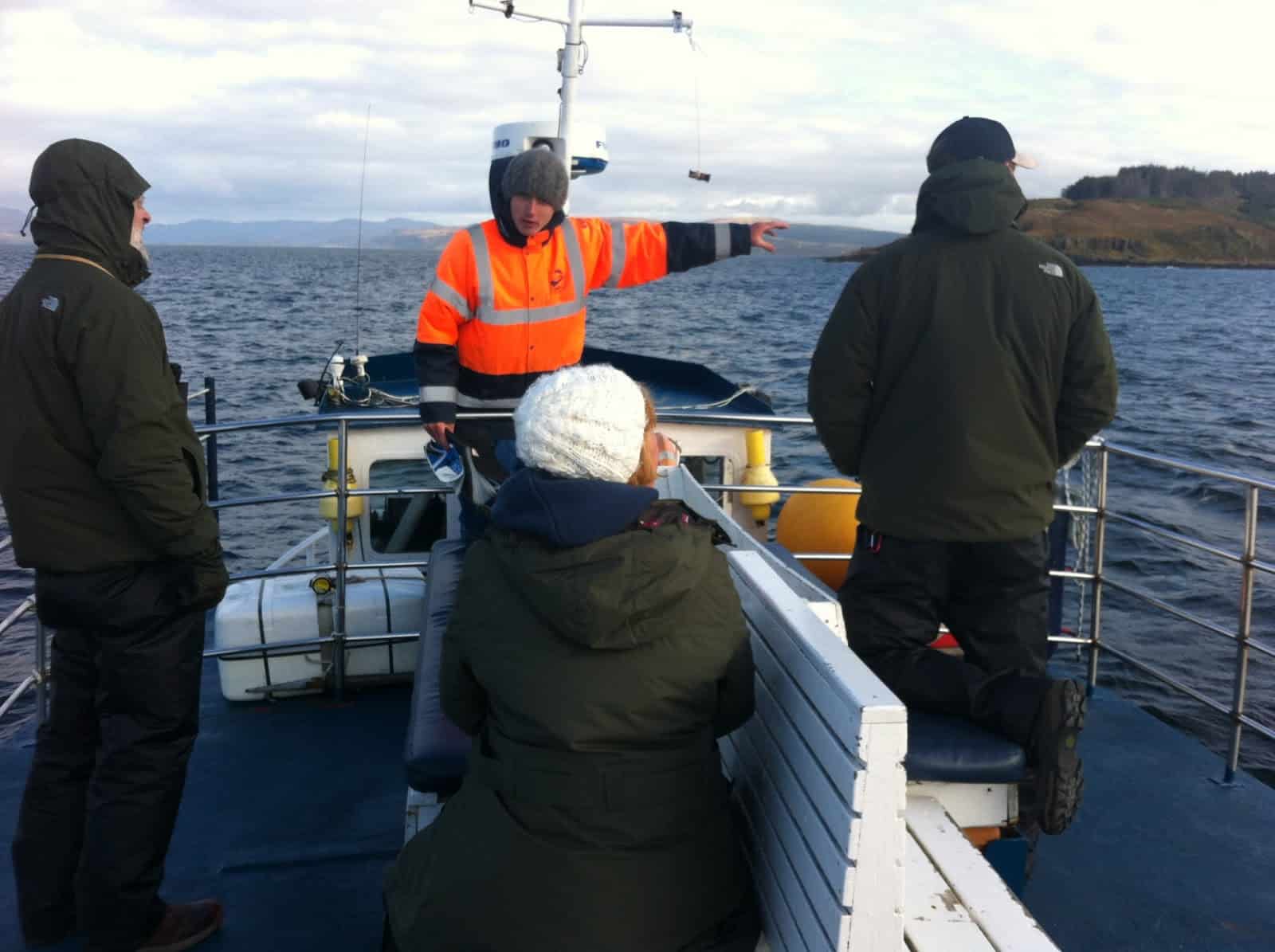
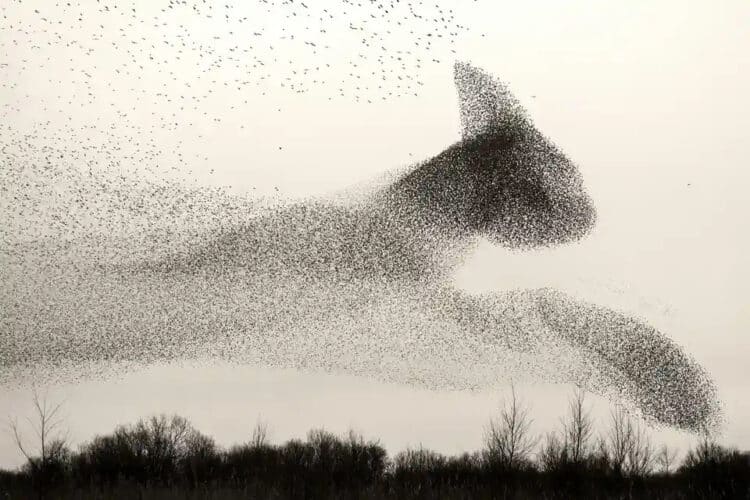
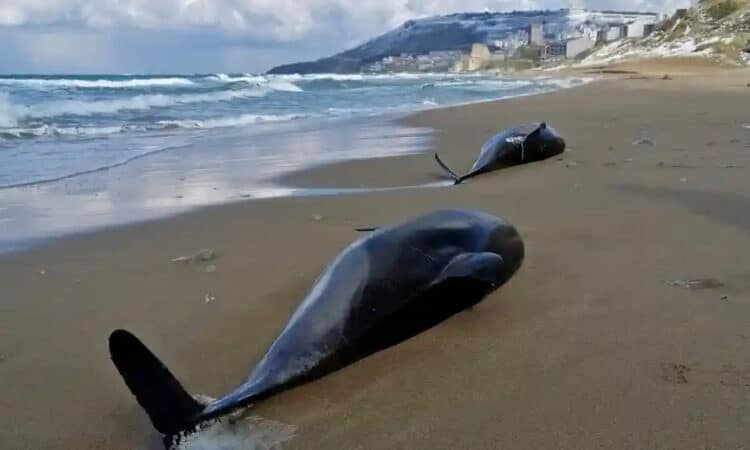
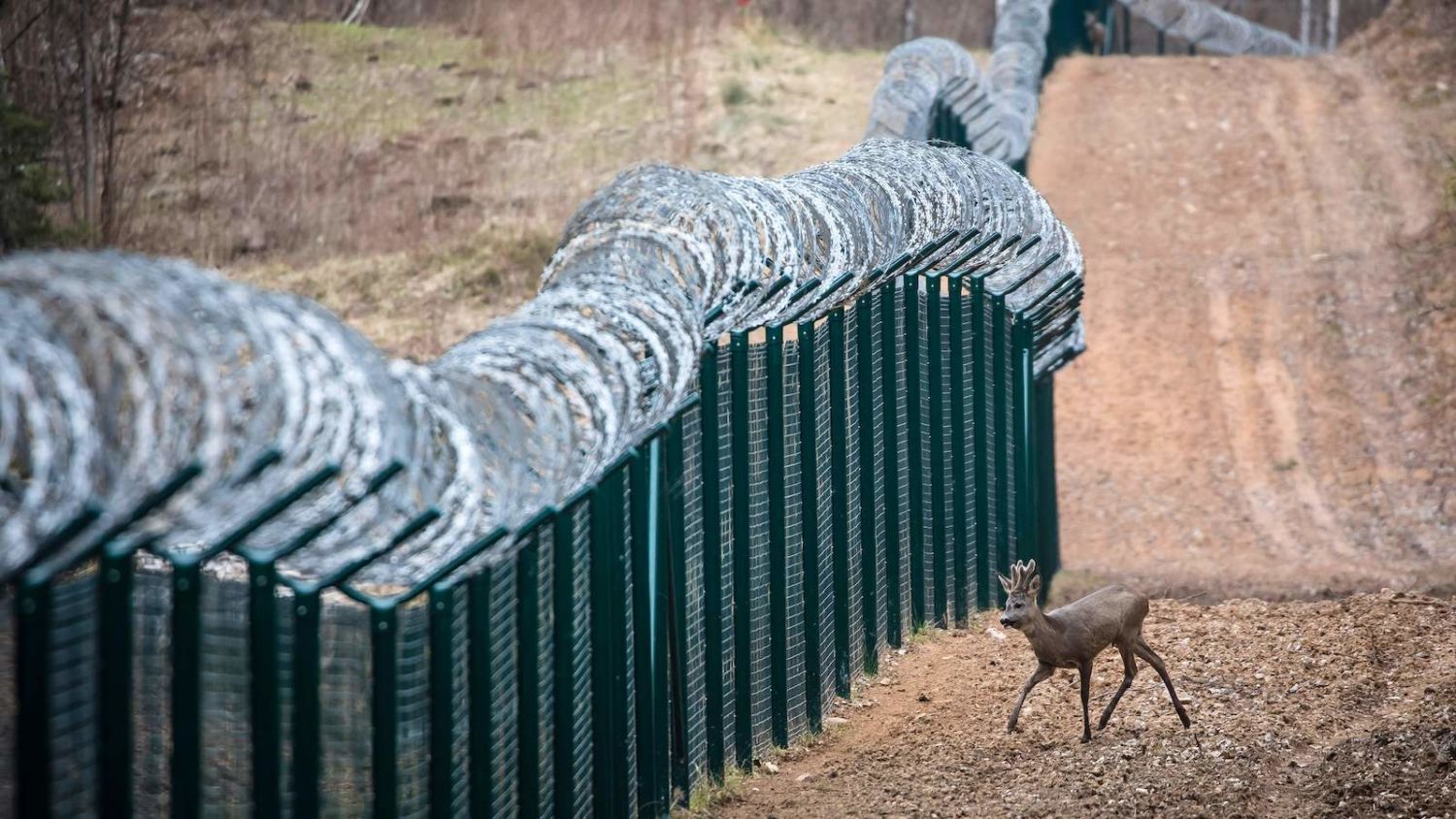


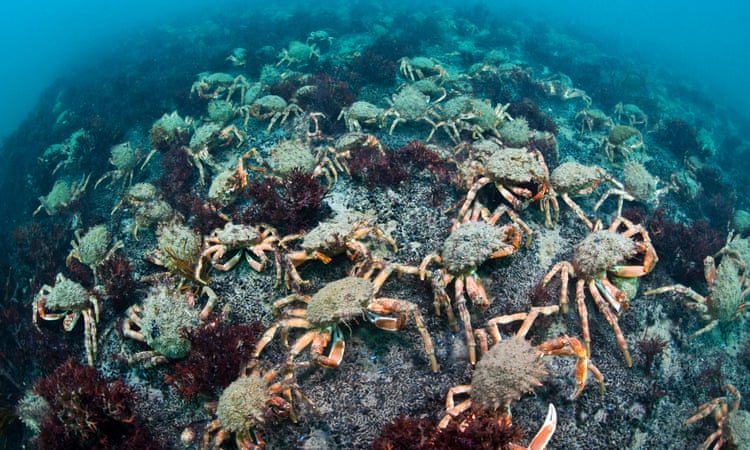
Leave a Reply